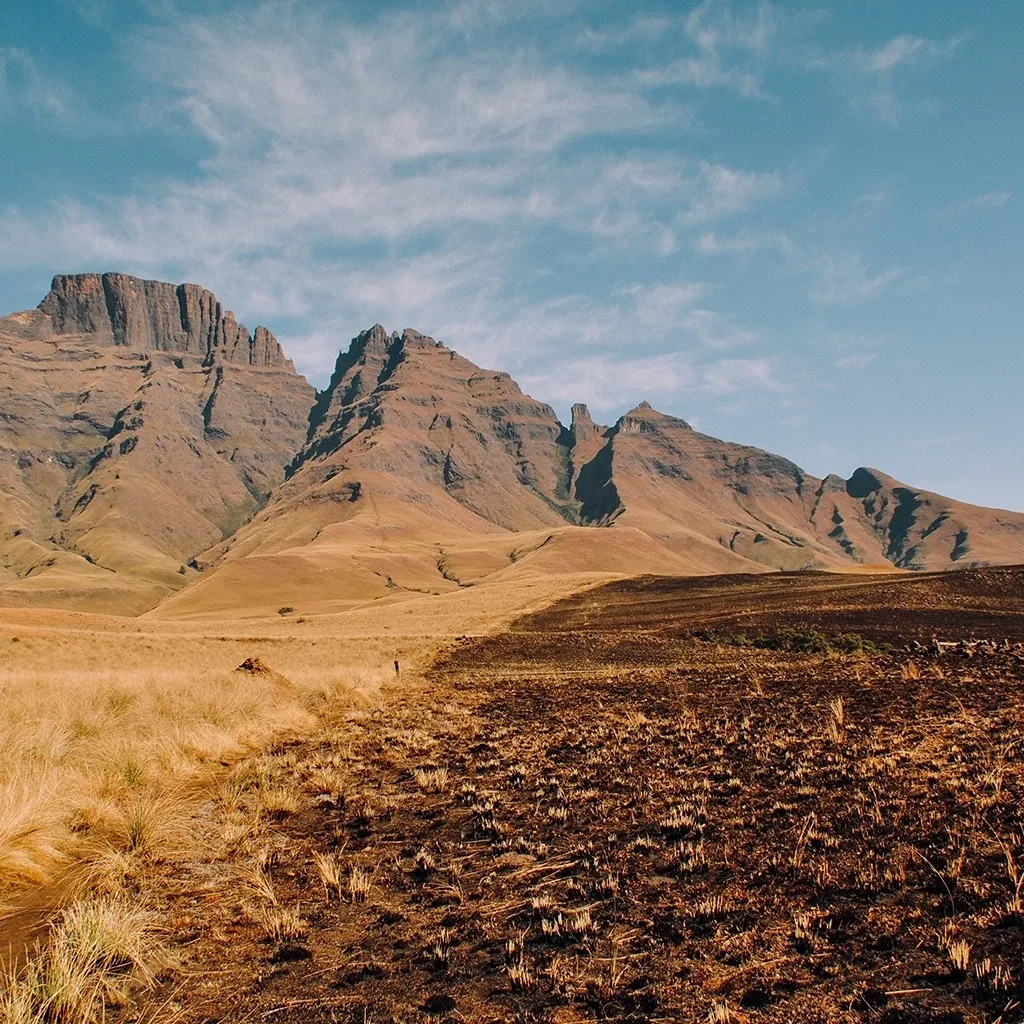
Characteristics of Mountain Soils:
- Fertility Variation: Mountain soils display significant diversity in fertility levels due to varied geological formations and weathering processes. Lower fertility can often be observed in steep, rocky areas, while valleys and terraces may have more fertile soil due to sediment deposition.
- Texture Variability: The texture of mountain soils can vary widely, from loamy to sandy or rocky, influenced by erosion, weathering, and the presence of organic matter. This diversity requires specific attention to the soil’s texture for efficient agricultural practices.
Benefits for Agriculture:
- Suitable for Horticulture: While the soil fertility may vary, mountain soils can be utilized for horticultural activities such as fruit and vegetable cultivation, especially in areas with suitable soil conditions.
- Temperate Crops: Some mountainous regions offer favorable conditions for growing temperate crops due to moderate temperatures and suitable soil characteristics, contributing to the cultivation of crops like potatoes, apples, and berries.
- Tea Cultivation: Mountain soils, particularly those with adequate drainage and optimal acidity, are well-suited for tea cultivation. Tea plants often thrive in these higher-altitude environments, producing high-quality leaves desired for tea production.
Challenges and Management:
- Diverse Uses: The utilization of mountain soils varies according to local conditions, making it essential for farmers to adapt their agricultural practices based on the soil’s steepness, fertility, and moisture-retention capabilities.
- Steepness and Erosion: Steep slopes common in mountainous regions present challenges in soil erosion and water retention. Managing erosion through terracing, contour plowing, or agroforestry becomes crucial to prevent soil degradation.
- Fertility Variation: Managing fertility variation requires tailored approaches like soil amendments, organic matter addition, or crop rotation to maintain and enhance soil fertility for sustained agricultural productivity.
